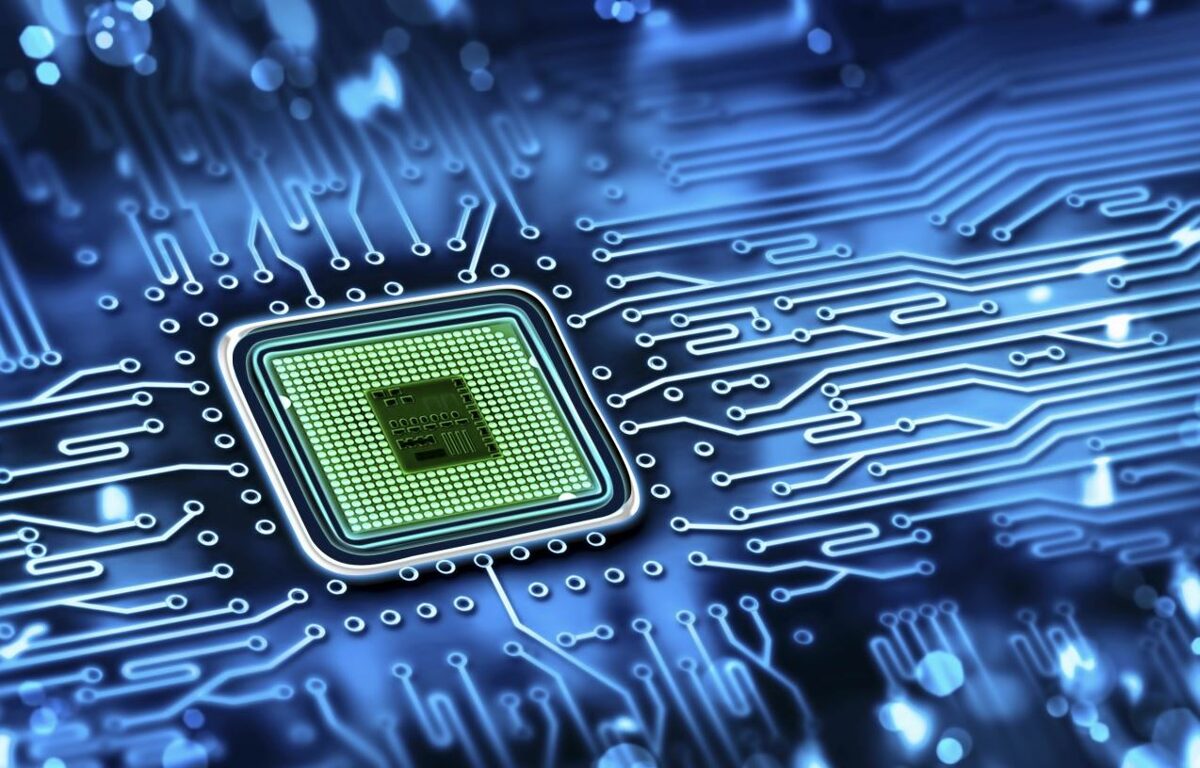The Invisible Engines of Progress
How Microprocessors Drive Our World

There is something fascinating about how the smallest elements can shape the largest changes. Microprocessors are a perfect example. These tiny pieces of silicon, often no larger than a coin, have transformed the way we live, work, and think. They are the invisible engines running quietly behind the scenes, powering everything from your smartphone to the most advanced artificial intelligence systems.
The Heart of Digital Intelligence
A microprocessor is more than a collection of transistors and circuits. It is the brain of modern computing. With every clock cycle, it processes millions or even billions of instructions, enabling software to translate human intention into digital action. Whether you are sending a message, streaming a video, or training a machine learning model, a microprocessor is orchestrating the process with precise timing and efficiency.
What makes them so powerful is not just speed but versatility. Early processors were designed for single tasks. Today, they are general-purpose units capable of handling complex workloads across multiple domains. From consumer devices to industrial machines, they deliver performance that seems almost limitless, yet their size keeps shrinking.
A Journey Through Innovation
The story of microprocessors is a tale of relentless progress. When Intel introduced the 4004 in 1971, it carried a modest 2,300 transistors and ran at 740 kHz. It was groundbreaking for its time, but if you compare it to modern processors with billions of transistors and clock speeds beyond 5 GHz, the scale of advancement is staggering.
This acceleration follows Moore’s Law, a principle predicting that transistor density on chips would double roughly every two years. While the pace has slowed in recent years, the industry has found creative ways to maintain progress. Smaller fabrication nodes, 3D architectures, and advanced lithography have allowed microprocessors to keep evolving without hitting a complete wall.
The Role in Everyday Life
It is easy to overlook microprocessors because they are hidden inside the things we use daily. Your car relies on dozens of them to manage everything from engine control to infotainment systems. Smart appliances in homes operate through embedded processors that ensure energy efficiency and connectivity. Even medical devices, often invisible to patients, depend on these tiny circuits to deliver life-saving precision.
The significance goes beyond convenience. Microprocessors have enabled automation in manufacturing, breakthroughs in scientific research, and the rapid growth of the internet economy. They are at the heart of innovation across every sector.
Challenges and the Future Ahead
Despite the incredible progress, the road ahead presents challenges. As chips become smaller, managing heat and energy efficiency becomes more difficult. Security is another major concern, as vulnerabilities at the hardware level can compromise entire systems.
The industry is responding with solutions like heterogeneous computing, where CPUs work alongside GPUs and specialized accelerators for tasks like AI processing. There is also growing interest in quantum computing, which could redefine what processors are capable of achieving.
Why It Matters
Understanding microprocessors is not just for engineers or tech enthusiasts. It is about recognizing the foundation of the digital world we all depend on. Every app, every smart device, every cloud service runs on this silent architecture. Without it, the digital era would collapse.
BitPulse was created to bring clarity to the technology that shapes our lives. In a world where complexity often overwhelms, our goal is simple: to explain the unseen forces that matter most. Microprocessors are one of those forces, and their story is far from over.
